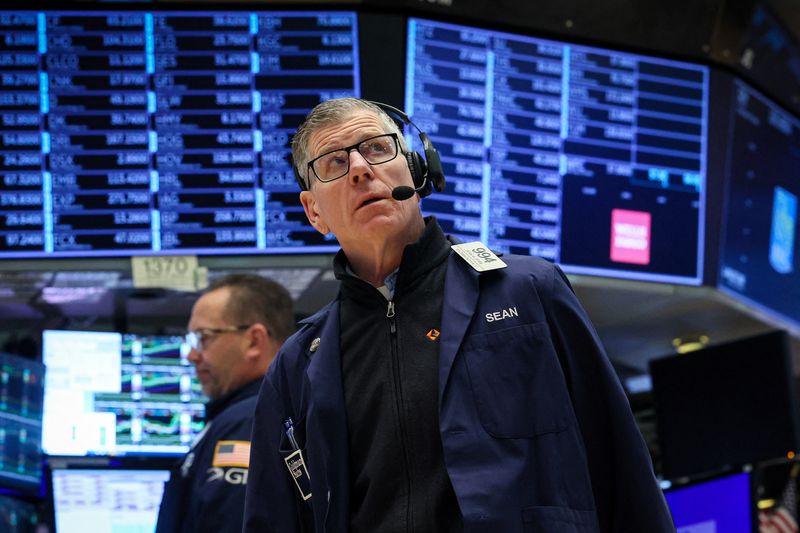Investing.com -- Recent weeks have seen a shift in polling towards a potential Donald Trump victory in the ongoing presidential race, despite the most recent data indicating a tightening race.
According to JPMorgan strategists, investor sentiment suggests that financial markets may revisit the dynamics experienced during the 2016 election.
While equities could see a "knee jerk bounce" in the event of a Trump win, echoing the pattern observed in 2016, the continuation of any upward movement would likely “depend on the magnitude of the bond yields response, as well as on whether the initial focus will be trade, or the economy/taxes,” strategists said in a note.
They highlight that current investor positioning is significantly different compared to November 2016. Today, positioning is at elevated levels, whereas it was more subdued back then. Additionally, fiscal balances have weakened since that time.
The note points out that unlike in 2016, when Trump's win and the subsequent market reaction caught investors off guard, a Trump victory is now widely anticipated, and investors are already positioned long in equities. This could limit the potential for a significant market rally.
On the other hand, if Kamala Harris wins, the uncertainty over corporate tax policies could increase, while equity performance “might see as a support the reduced tariffs risks in that scenario,” strategists said.
In the report, JPMorgan also notes the resilience of the US economic activity in recent months, with the US Composite Economic Surprise Index (CESI) nearing the higher end of its range and the 10-year Treasury yield recovering by 70bp from the September low of 3.6%.
Moreover, central banks continue with their policy easing efforts, however, strategists point out that equity markets are primarily driven by the growth outlook.
“The soft landing call is now universally accepted, and the key is that this stance continues gaining traction post elections as well,” they wrote.
“For this, we would need to finally see some rebound in manufacturing, which is staying weak for now, and also some concerning labour market indicators need to start improving.”
In terms of specific market drivers, the firm observes that Manufacturing Purchasing Managers' Indexes (PMIs) remain subdued and labor surveys present a mixed picture. Although hard labor market data has been a positive aspect, this could change quickly.
The Eurozone continues to trail behind the US in terms of data flow. Meanwhile, China's stimulus efforts, primarily monetary, may not yet significantly counter structural growth challenges.
Meanwhile, the Federal Reserve's rate cuts raise questions about bank reserves, which have remained robust despite tightening in the past two years. However, this trend may shift, and the gap between the Fed's actions and equity market expectations is notable.
According to strategists, the US dollar is now seen as “the wild card,” as “too much of a strength might become problematic for risky assets.”
JPMorgan also points out that topline growth is declining rapidly, which could negatively impact earnings per share (EPS) growth projections. The forecasts for a 12% profit growth re-acceleration by 2025 are vulnerable to downgrades, the report states.
In addition, the US forward price-to-earnings (P/E) ratio stands at a high 22x, which appears overstretched when compared to real yields.
Lastly, the Wall Street giant notes that investment positioning is quite full, with household equity weight as a share of total assets reaching a record high.
